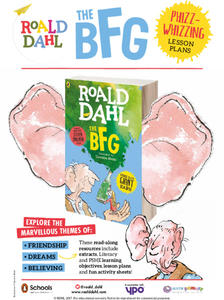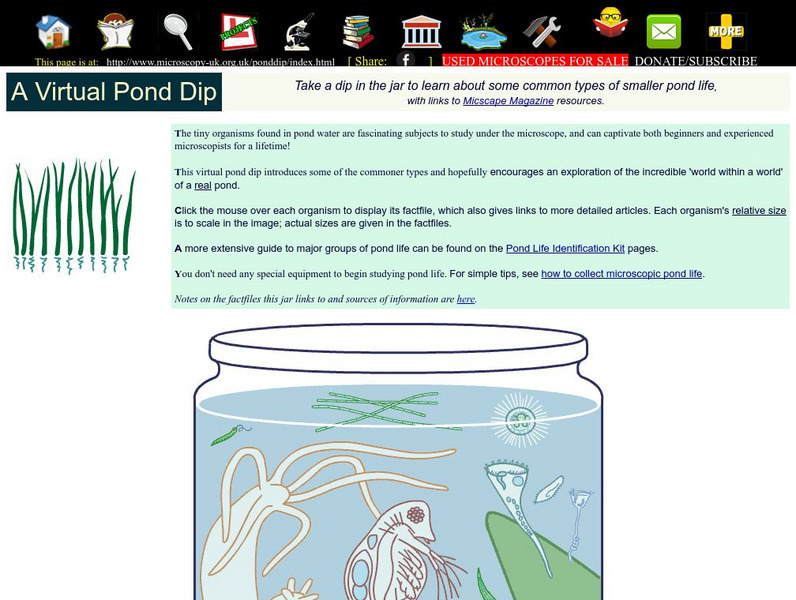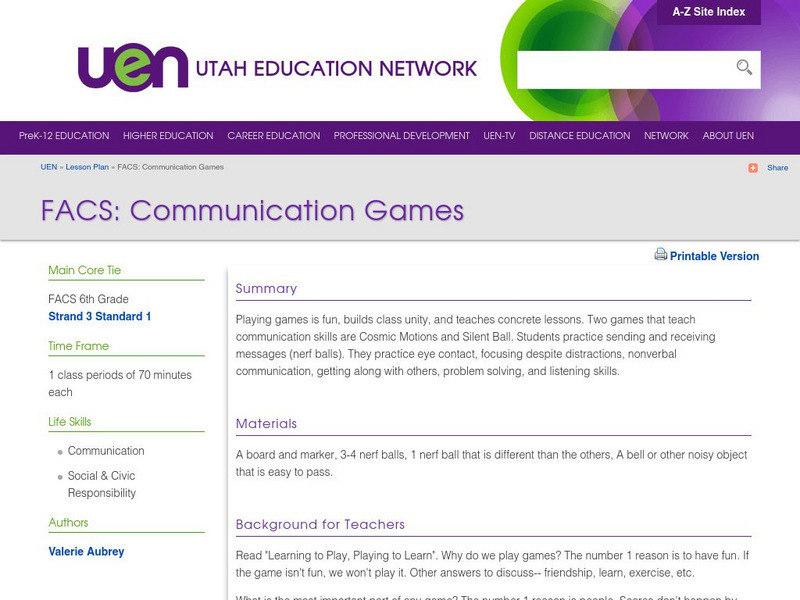Roald Dahl
The BFG Lesson Plans
A 55-page unit examines the novel, The BFG, by Roald Dahl. Six lessons pay close attention to friendship, dreams, and believing themes while analyzing interesting characters, writing creative vocabulary, smilies, metaphors, an exciting...
Beacon Learning Center
Beacon Learning Center: Who Will Probably Come to the Party?
Students use tree diagrams to find possible outcomes and make predictions for probability story problems.
PBS
Pbs Kids: Science Rocks: Air Lift
Through this experiment, students are challenged to lift a book (and other items) with just air. Requires simple household items, gallon-size, zipper-lock plastic bag, book, pencil, drinking straw, and tape.
PBS
Pbs Kids: Design Squad: Build: Triangle Pop Up Card
Try this triangle pop-up greeting card! Amaze your friends with your talent and creativity!
PBS
Pbs Kids: Design Squad: Build: Hack a Greeting Card
Transform an old musical greeting card into a surprise for your friend.
PBS
Pbs Kids: Design Squad: Build: Build a Better Lunchbox
Follow the directions to build a lunchbox that will keep a frozen treat from melting.
PBS
Pbs Kids: Design Squad: Build: Unpoppable Balloon
Can you run a stick through a balloon without popping it? See if you can make this un-poppable ballon?
PBS
Pbs Kids: Plum Landing: Invaders
This game is based on the PBS Kids' series, Plum Landing. Students will read various informational texts about invasive species. Then students will attempt to rid various regions of their invasive species.
Other
Tooter4kids: Life Cycle of Frogs
The life cycle of the frog is presented in an easy to read format. A simple diagram of the cycle is included.
Microscopy UK
Microscopy Uk: A Virtual Pond Dip
In this site, you will be introduced to some of the more common organisms found in a pond. Contains a thorough guide to small and microscopic pond life with links to other descriptive sources.
PBS
Pbs Kids: Don't Buy It: Get Media Smart!: Buying Smart
Play a Price is Right style game and learn about merchandising. You will also find lots of information about advertising, brand names, and product value.
Scholastic
Scholastic: The Underground Railroad: Escape From Slavery
Imagine being a slave escaping from the South in 1860, and heading to freedom through the underground railroad. Students will hear from first-person accounts and investigate other primary sources from the 1800s.
Online Writing Lab at Purdue University
Purdue University Owl: Exercise: Prepositions of Direction: To, on (To), in (To)
This Purdue University OWL (Online Writing Lab) provides practice with prepositions of directions (to, on, onto, in, into).
University of Victoria (Canada)
Study Zone: Forming the Simple Past Tense (Regular Verbs)
Students type the past tense of verbs in parentheses into the boxes provided throughout the paragraph and then check answers.
E-learning for Kids
E Learning for Kids: Science: Denmark: How Does Light Help Us See Things?
Isabella and Amalie are in Copenhagen, and they saw a periscope in the water. Join them, and find out what this is all about. This module discusses how to use a periscope, what light sources are, and how light impacts shadows.
TES Global
Tes: Scheme of Work: The Tempest by William Shakespeare
[Free Registration/Login Required] During these multi-day lessons, students will closely read William Shakespeare's work, The Tempest. Students will analyze characters, plot, and themes. Students will culminate their understanding...
TES Global
Tes: Nouns: Revision: Explanation Booklet
[Free Registration/Login Required] This seven-page resource provides definitions for different categories of nouns: common, proper, collective, hyphenated, compound, and abstract. Numerous examples with pictures are provided for each...
Study Languages
Study Spanish: Present Perfect
A straightforward explanation of how the present perfect tense is formed with a printer-friendly page that is great for note keeping. One free online quiz and test evaluate mastery.
NASA
Nasa Space Place: All About Mercury
Students have an opportunity to learn more about Mercury. Each badge contains a student centered experience to understand another aspect of the planet.
Other
National Council for the Social Studies: Fear, Panic, and Injustice
What did it feel like to have to leave your home and possessions to live in a camp during WWII because you were a Japanese-American? Young scholars will understand the climate of fear during this time and develop empathy toward the...
Utah Education Network
Uen: Facs: Communication Games
This instructional activity engages students in communication games. Students will learn how to play "Cosmic Motions" and "Silent Ball" to practice communication skills.
Chem4kids
Chem4 Kids: Argon (Ar)
Chem4Kids looks at the 18th element in the periodic table, argon. Content focuses on argon's electrons, where you can find argon in nature and in the home, and how argon combines with other elements.
Chem4kids
Chem4 Kids: Liquids
This overview of liquids explores what a liquid is and how matter becomes changes into a liquid.
Annenberg Foundation
Annenberg Learner: Patterns in Mathematics: How Many Valentines?
Students look for patterns to determine how many valentines will be distributed in a class of 28 students. After trying the problem, they can look at several other methods that could be used and compare the answer they got. There is also...























